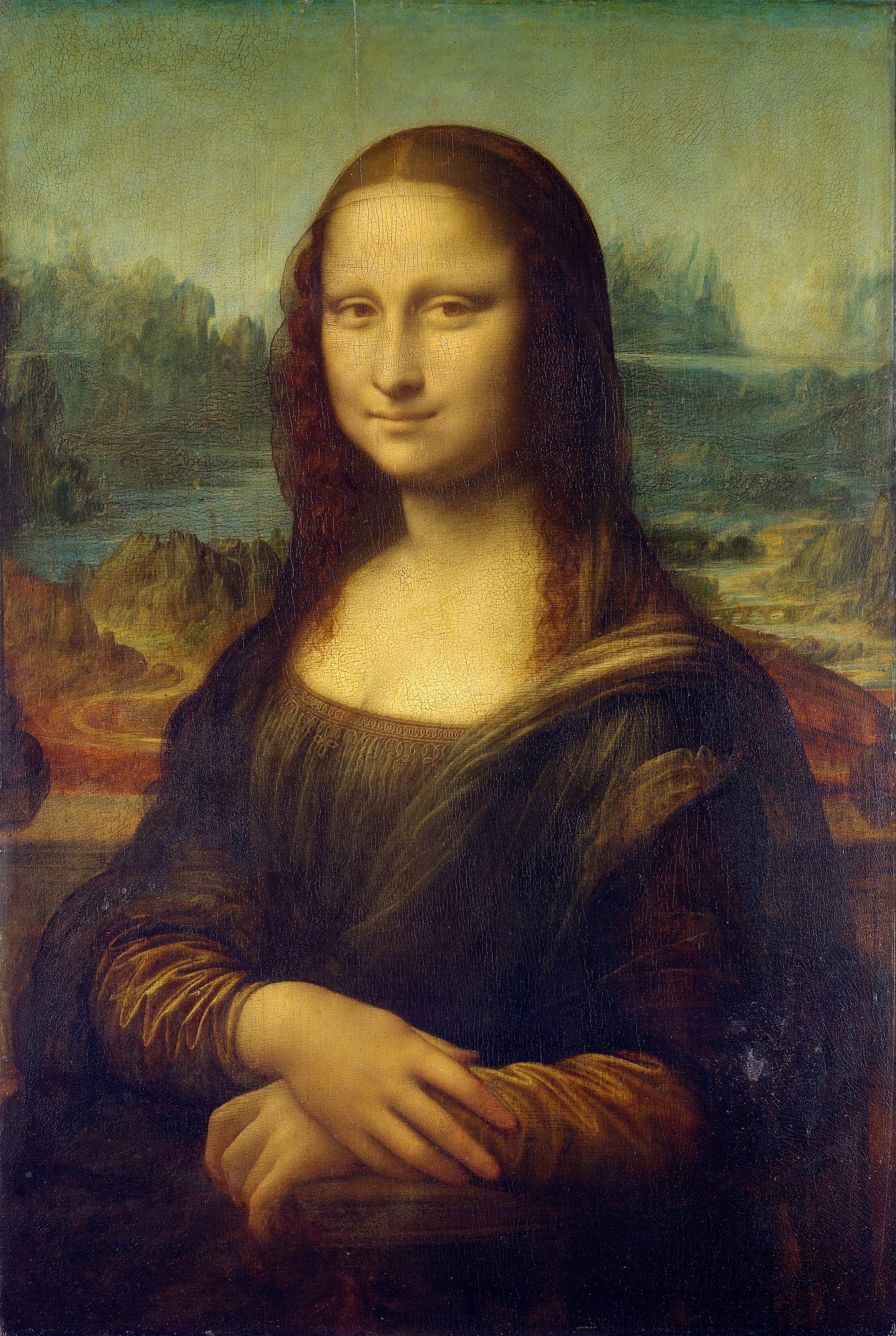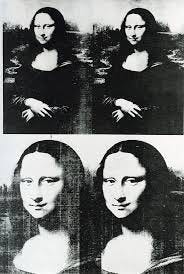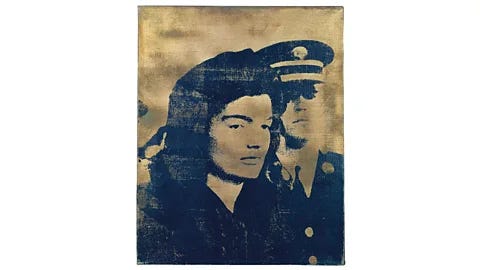Mystery, Myth and the Moments that Make Masterpieces
What differentiates the Mona Lisa from other great paintings.

There are two new stories in the news concerning the Mona Lisa. The first is the Louvre Director’s announcement of the need to move the masterpiece to a new location within the museum to allow more visitors to view the small painting and experience it with the intimacy it deserves. The cost of the new gallery would be approximately $550 million and the French government has declared that it won’t contribute public funds for the project. The second story concerns the ongoing mystery of the identity of the sitter and the exact location of the background featured in the painting.
Mona Lisa making news is nothing new. The 500 year old painting has been causing commotions for centuries. The painting, also known as La Gioconda, is an intimate portrait of an Italian Noblewoman, Lisa Gherardini painted for the enjoyment of her husband, Leonardo’s benefactor, the Florentine silk merchant, Francesco del Giocondo. When Da Vinci travelled to France, by invitation of the French King in 1516, the Mona Lisa was the only painting he carried with him. After Da Vinci’s death in 1519, it passed to his assistant and lover, Salai who, upon his death in 1524, gave or sold it to the French King Francis I. The painting, then known as Joconde, has increased in fame, and value, ever since.
“A superstar deserves an appropriate setting!” - The Louvre notes
The portrait is small, measuring only 30” x 21” and lives in a bulletproof and climate-controlled glass box. It’s size, combined with the fact that millions of selfie-taking fans flock to see it every year, the experience of viewing the masterpiece is anything but intimate. It remains to be seen how the Louvre will create a better viewing experience. Why is Mona Lisa so famous? Yes, the painting is the masterwork of arguably the greatest painter of all time. Da Vinci’s dissection of cadavers gave him a greater understanding of the human anatomy than any other artist of his time. And his techniques broke ground for all painters to follow. Those facts alone make Mona Lisa a masterpiece. But, they don’t explain why this obscure and rather plain Italian woman, has become the most famous woman in the world. That brings us to the question, what makes a masterpiece? Is it the painting technique alone or a combination of painterly mastery and the success of the artist who painted it? It’s the moments in the life of a painting, long after the death of the artist, that allow it to survive and remain visible for centuries. Paintings have lives of their own and great paintings require the care and support of nurturing human beings to enable them to survive. But, like human beings, masterpieces are defined by the challenging moments, more than the serene ones. Over centuries, Mona Lisa has had her share of challenges.
Carried over the Pyrenees on a donkey by Da Vinci, it’s amazing that this tiny painting has survived revolutions, wars, thefts, and attacks by protests, not to mention global warming. And yet, throngs of people wait in lines for hours to get a glimpse of her that will last only a minute or two. She has been described by critics as, “the most disappointing painting ever made.” At this point in her life, we can’t view the Mona LIsa through objective, critical eyes. There’s no way to separate the cumulative moments that caused her fame from the painting itself. The painting has become more than a masterpiece of art. Mona Lisa has metamorphosed into a saint or relic, and a historical object deserving protection. However, it’s the divine protection or grace that really makes her a superstar. She is surrounded by a supernatural superpower and exudes a sublime serenity.
Here are a few moments in the Mona Lisa’s life that have caused her superstardom. The first occurred in 1911, when a former Louvre employee, Vincenzo Peruggia, an Italian patriot, decided that Napoleon had stolen the painting and that it must be returned to Italy. Several famous people including Pablo Picasso were implicated in the theft and later exonerated.
Another mega star-making moment came in 1963 when the US First Lady, Jacqueline Kennedy, convinced the French President to allow Mona Lisa to travel to the US for exhibitions in Washington at the National Gallery of Art, and in New York at the Metropolitan Museum of Art. The media coverage of the painting’s arrival and exhibitions caused so much fanfare that by the time Mona LIsa had left the US, over 1.6 million people had waited hours for a chance to cast a glance that lasted about 20 seconds and Mona Lisa was a global sensation.
The Kennedy star power only added to the mystique surrounding the painting. One modern artist was so taken by her fame that he made silkscreened copies of images lifted from the Metropolitan Museum’s exhibition catalogue. Andy Warhol’s Mona Lisa silkscreens were some of the first where the artist experimented with the medium. The success of the prints, combined with the simplicity and potential of the silk screening process, became Warhol’s signature look, influenced a whole new generation of artists and changed modern art for ever.
This Mona Lisa is one of the earliest works for which Warhol employed silkscreening, the printing process that he adopted in 1962 to quickly and easily make multiple copies of preexisting images. Here, he revels in the act of duplication. By replicating a reproduction of Leonardo da Vinci’s famous painting Mona Lisa (1503–6; Louvre) four times two different ways, the artist reduces a masterwork epitomizing traditional notions of artistic genius and authorship to a pale shadow of its former self. Warhol’s Mona Lisa was donated to The Met by his friend, Henry Geldzahler, the Museum’s founding curator of contemporary art. - Met Museum notes
(Courtesy of Blain DiDonna/The Andy Warhol Foundation for the Visual Arts, Inc)
Later that same year, the world was horrified and shocked by the assassination of President John F. Kennedy. Warhol employed the silk-screening process again to create several iconic images of the slain president’s widow and Mona Lisa benefactor, Jackie Kennedy. These images, taken from photographs in newspapers, are some of the most enduring and beloved images of that horrific period in US history. Over time, Warhol’s images of Jackie, which have their own Mona Lisa feeling, may become as iconic as Da Vinci’s. Only sixty years old, they are well on their way to superstardom. Unfortunately, we won’t live to see the day millions flock to wait on line to see them, but it doesn’t take a fairy with a crystal ball to see that future unfolding.






